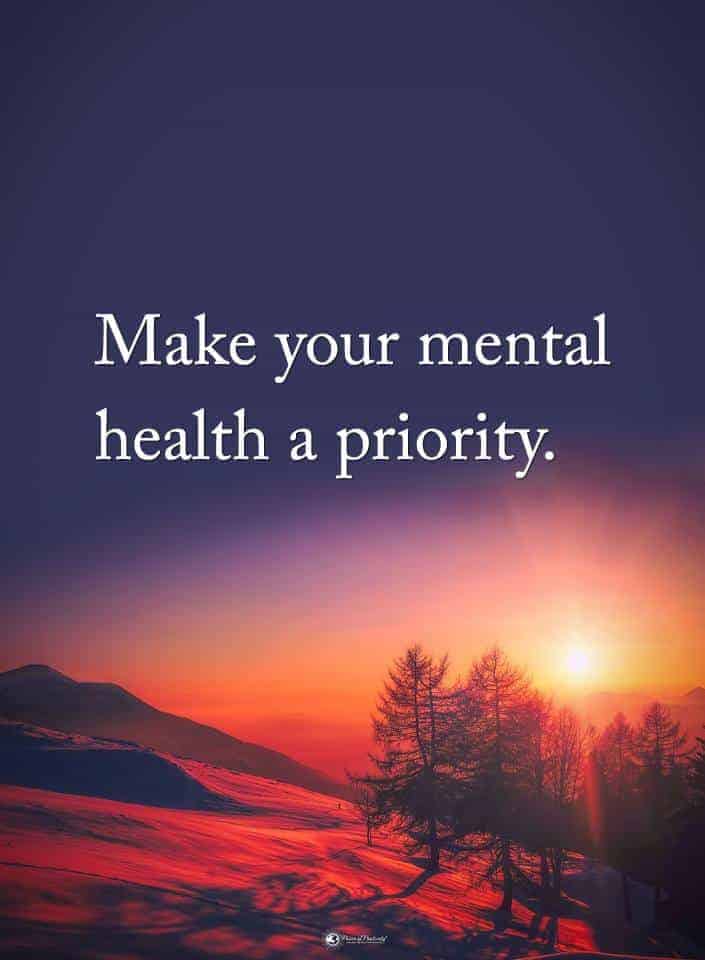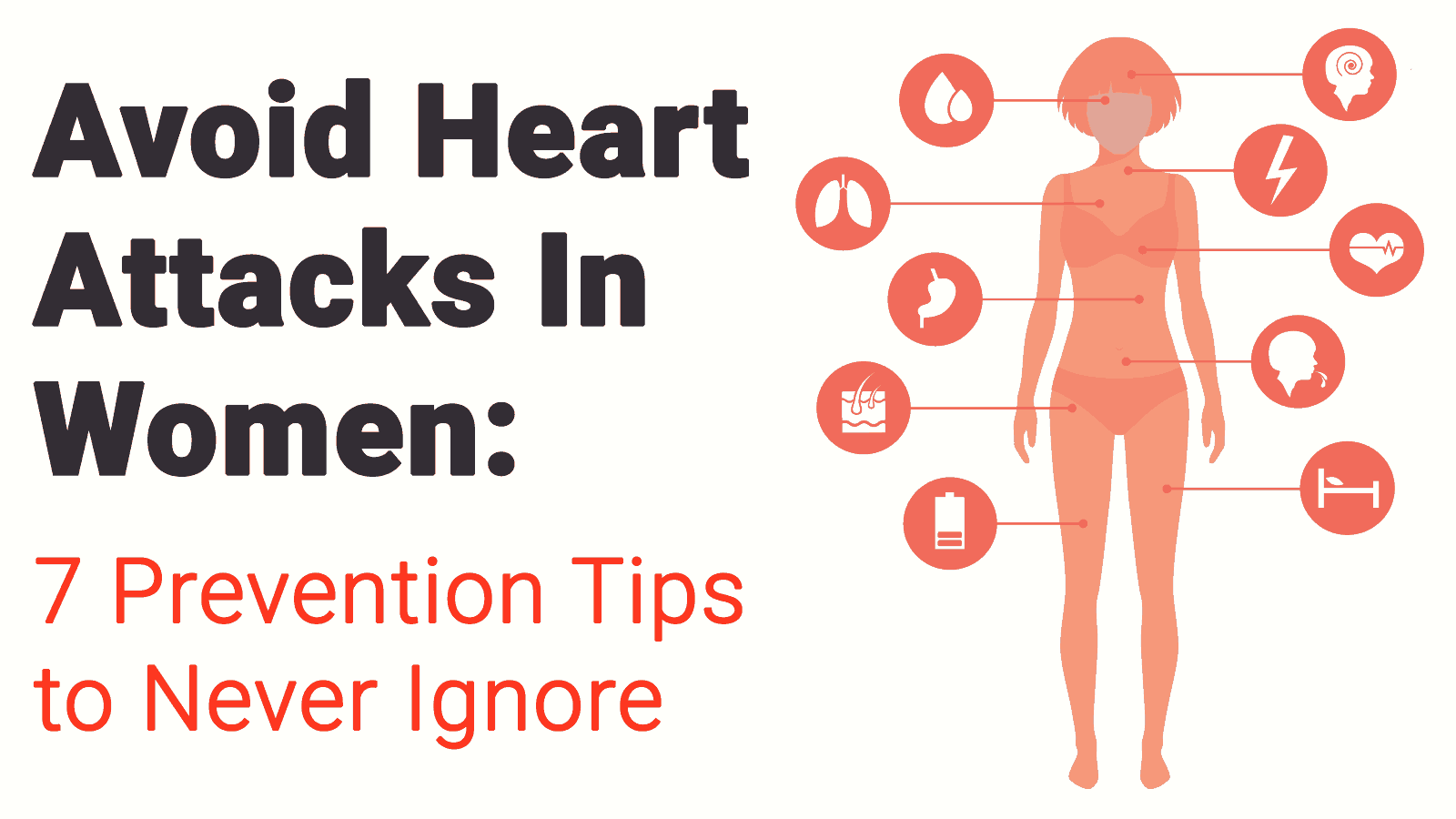Most people know about the “dirty dozen” list of fruits and vegetables that have extremely high levels of pesticide contamination. What few are aware of is that a similar list exists for personal care products. Furthermore, they can wreak havoc on your hormones.
According to the EWG, there are 12 major chemicals lurking in products many of us use on a regular basis. These toxins can damage the hormonal function and create a widespread imbalance in the body. Choosing safer options for not only the foods we eat, but also what goes on our skin is vital for optimal function. (1.)
12 CHEMICALS THAT ARE DISRUPTIVE TO YOUR HORMONES
Used in plastics, this chemical can imitate estrogen in the body. This can cause devastating effects for both men and women, as we all have a delicate hormonal balance that is extremely susceptible to disruption. Evidence links BPA to breast cancer, reproductive issues, obesity, early puberty, and heart disease, among other ailments. According to government testing, 93% of Americans have BPA in their blood!
How to avoid:
- Minimize canned food consumption – or at the very least, do research about what brands don’t use BPA
- Opt for digital receipts, as thermal paper often has a BPA coating
- Avoid plastic marked with a “PC,” which stands for polycarbonate, or recycling label #7
-
Dioxin
This sneaky compound is a byproduct of many different industrial processes. It forms when chlorine and bromine are burned in the presence of carbon and oxygen. Dioxin can disrupt sex hormone signaling in the body, which can have long-lasting effects.
Even low-level exposure in the womb and during early life has been shown to permanently affect sperm count and quality during a man’s prime reproductive years. Dioxins are long-lived and build up in the food chain in addition to the body. They are also powerful carcinogens and can affect immunity as well as the reproductive system.
How to avoid:
- Minimize animal product consumption. We most commonly consume these in meat, fish, milk, eggs, and butter.
-
Atrazine
Just to illustrate how powerful this herbicide is, male frogs became female after being exposed to low levels of Atrazine. It is used on the majority of conventional corn crops in the United States and has contaminated the water supply as a result. Side effects may include breast tumors, delayed puberty, prostate inflammation in animals, and possibly prostate cancer in humans.
How to avoid:
- Buy organic corn and invest in a water filter that has been proven to remove Atrazine
-
Phthalates
Common personal care product additives, these chemicals can have potent ill effects on our health. They induce premature death in testicular cells, which can lead to less mobile sperm and/or a lower count altogether. Phthalates may also cause birth defects, obesity, diabetes, and thyroid dysregulation.
How to avoid:
- Phthalates are primarily found in beauty products, so be sure to read ingredient lists before purchase. Keep an eye out for the word “fragrance,” as this umbrella term can include a host of different additives, including phthalates. Plastic food storage containers, children’s toys, and plastic wrap with recycling label #3 may also be contaminated.
-
Perchlorate
This chemical is a component of – wait for it – rocket fuel…and it contaminates much of the produce and milk in America according to the EWG. Perchlorate competes with iodine, a vital nutrient for optimal thyroid function. This can cause hypothyroidism, or an underactive thyroid if too much is ingested.
The thyroid is the body’s master regulatory gland, so disruption can have long-lasting negative effects. It produces hormones that maintain metabolic homeostasis in adults and ensures proper brain and organ development in children.
How to avoid:
- Completely eliminating your perchlorate intake is virtually impossible because it has tainted so much of our food supply. You can, however, install a reverse osmosis water filter to minimize ingestion that way. Ensuring adequate iodine consumption, such as from salt, can also reduce its negative effects.
-
Fire retardants
PBDEs, or polybrominated diphenyl ethers, are lurking within the bodies of people and animals all over the globe. In 1999, a study looking at women’s breast milk discovered these endocrine-disrupting chemicals. Even more troubling is that the levels had been doubling every year since 1972! PBDEs can imitate thyroid hormones in the body, which disrupts their effects. This can lead to a lowered IQ and many other negative effects. (2.)
How to avoid:
- PBDEs have largely been phased out, but they’re incredibly persistent. This means they will likely be around for decades to come, but there are things we can do to mitigate their effects. Consider adding a HEPA filter to your vacuum cleaner, which can cut down on toxic household dust. Also, avoid reupholstering foam furniture and use caution when replacing the old carpet.
-
Lead
One of the most well-known toxins, lead is especially harmful to children. It harms every organ system in the body and has been linked to a shocking list of negative health effects. Some of these include permanent brain damage, lowered IQ, hearing loss, miscarriage, premature birth, high blood pressure, kidney damage, and nervous system dysfunction.
Another way lead can affect us is by altering our hormones. It has been proven to lower sex hormone levels in animal studies. In humans, it can disrupt the HPA axis, which influences how our bodies respond to stress. This can result in anxiety and depression, among other ailments.
How to avoid:
- Keep your home clean and take extreme care when disposing of old paint. A high-quality water filter and a healthy diet can also reduce your exposure to lead.
-
Arsenic
This potent heavy metal can be found in the water supply and many foods, namely brown rice and juices. Ingesting enough can cause death, while the chemical can cause skin, bladder, and lung cancer in smaller amounts. Arsenic can also alter hormone function in the form of the glucocorticoid system. This system regulates how our bodies process sugars and carbohydrates.
Dysfunction has been linked to changes in weight, protein wasting, immunosuppression, insulin resistance, osteoporosis, growth retardation, and high blood pressure.
How to avoid:
- Use a water filter that removes arsenic
-
Mercury
Although naturally occurring, mercury is a highly toxic metal. It seeps into the air and oceans via burning coal and also contaminates our seafood. Pregnant women are the most at-risk for ill effects, as mercury can build up in the fetal brain and impair development. In terms of hormone function, it has the ability to cause dysfunctional cycles and ovulation. Mercury may also play a role in the development of diabetes, as it can damage pancreatic cells responsible for the production of sugar.
How to avoid:
- Consider minimizing seafood consumption, or at the very least, choose wild-caught over farm-raised.
-
PFCs
Perfluorinated chemicals, or PFCs, are used to make nonstick cookware. An estimated 99% of Americans have traces of the substances in our bodies because they’re so prevalent. One PFC in particular, PFOA, is completely resistant to biodegradation. This means it doesn’t break down in the environment at all!
Despite having been banned some time ago, PFOA will linger in people’s bloodstreams for many years to come. It has been linked to decreased sperm quality, low birth weight, kidney and thyroid disease, and high cholesterol, among other issues.
How to avoid:
- Opt for cast iron instead of nonstick cookware, and avoid stain and water-resistant coatings on furniture, clothing, and carpet.
-
Organophosphate pesticides
The Nazis produced similar compounds during WWII which they (luckily) never used. After the war, scientists in America utilized the same basic chemistry to develop pesticides that target insects’ nervous systems. Even though numerous studies have linked these toxins to stunted brain development, behavior, and fertility, they’re still extremely common. Organophosphates can affect the body by altering testosterone and thyroid hormone levels.
How to avoid:
- Purchase organic produce when possible. If finances are an issue, use the EWG’s guide to learn which conventional fruits and vegetables have the most pesticide
-
Glycol ethers
You’ll most often find these chemicals listed as ingredients in paints, cleaning products, brake fluid, and cosmetics. In rodent studies, they actually caused testicular shrinkage! According to the European Union, glycol ethers can damage fertility and unborn fetuses. Studies done in painters have linked exposure to these toxins to abnormal blood levels and lowered sperm counts. Additionally, children surrounded by the ethers from their bedroom paint had significantly more asthma and allergies.
How to avoid:
- Read the EWG’s Guide to Healthy Cleaning and avoid products with ingredients like 2-butoxyethanol (EGBE) and methoxydiglycol (DEGME).
FINAL THOUGHTS ON 12 CHEMICALS THAT CAN DISRUPT YOUR HORMONES
Environmental toxins are virtually impossible to escape. Not only are we exposed to nearly 80,000 each day by simply going outside, but they invade our lives in much sneakier ways, as well. Personal care products are some of the worst offenders for contamination by toxic chemicals. (3.)
Science links these toxins to birth defects, certain cancers, and cognitive decline. What most people don’t know is that they can also act as endocrine disrupters, wreaking havoc on our hormones. Choosing EWG-certified personal care products is a prudent decision to ensure optimal reproductive function and an overall balanced body.










